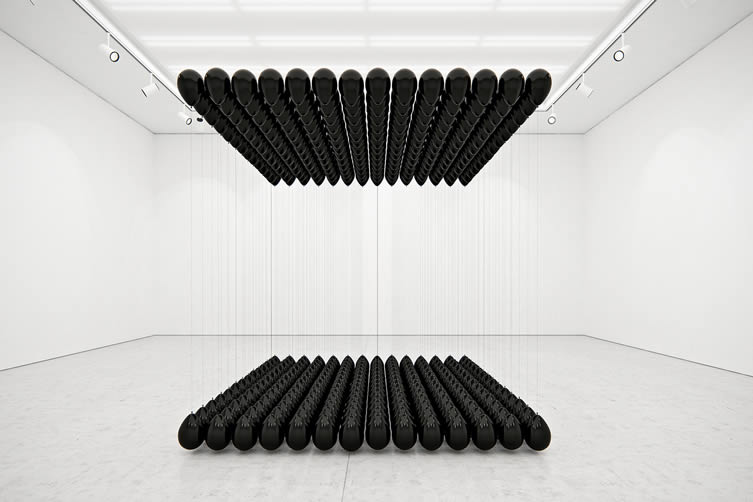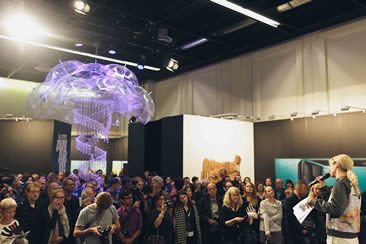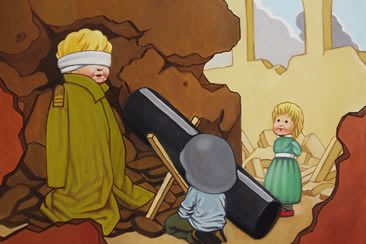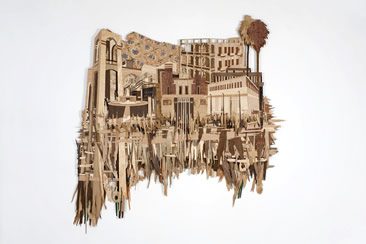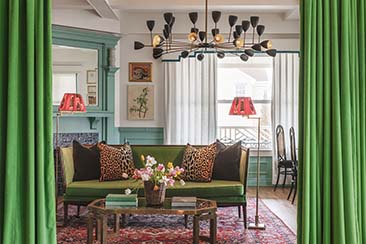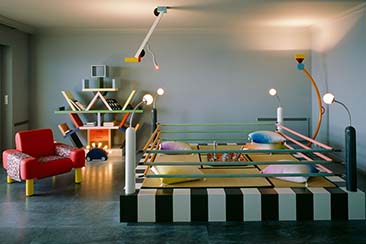‘I’d like to be remembered as one of the greatest artists who created art not only for the sake of art itself, but rather used it as an instrument to address more important issues.’ Proclaims Lithuanian artist Tadao Cern boldly. ‘In the end, I want to be someone whose actions mattered and who changed the world for the better.’
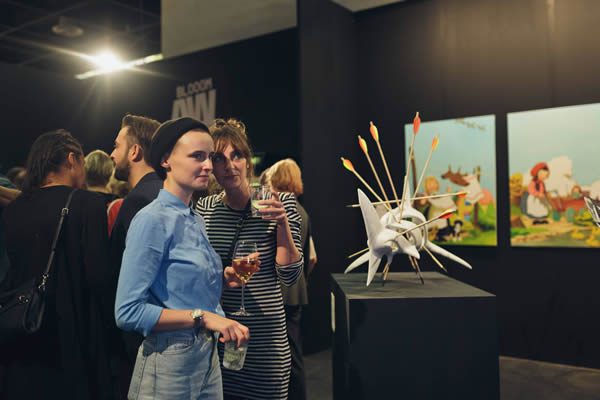
Special exhibition 2015 © Warsteiner
The BLOOOM Award by WARSTEINER attracts emerging artists who think big; disruptive innovators, impassioned radicals, creatives with a disdain for really long forms … ‘I liked the application form on the website,’ admits German artist Matthias Danberg when prompted as to why he submitted his work to this year’s award. ‘No annoying folder you had to print out. No DVD you had to record. No strange requirements on outdated formats.’
Quite. Ease of application is a positive for anyone, but this is a BLOOOM entrant — there’s always more than meets the eye: ‘The application form for BLOOOM Award by WARSTEINER embodied the claim for progressiveness it had set for itself. That may sound banal at first, but it isn’t, if you think about it a bit longer.’
Like I said, here is an art award that attracts emerging artists who think big.
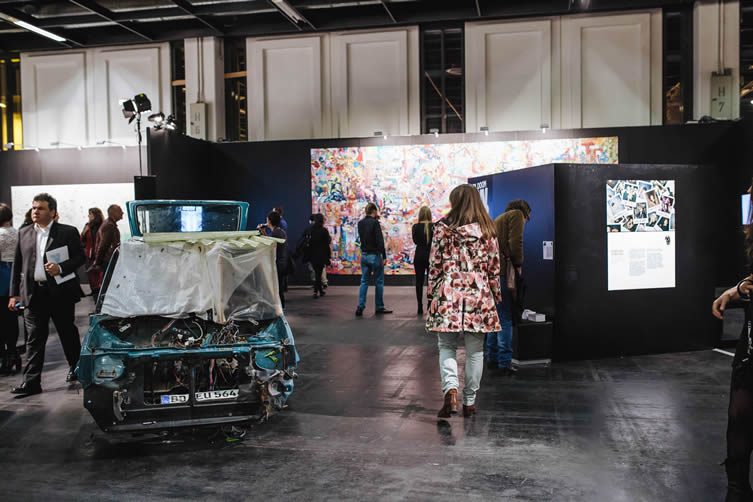
The special exhibition of BLOOOM Award by WARSTEINER 2014 © Warsteiner
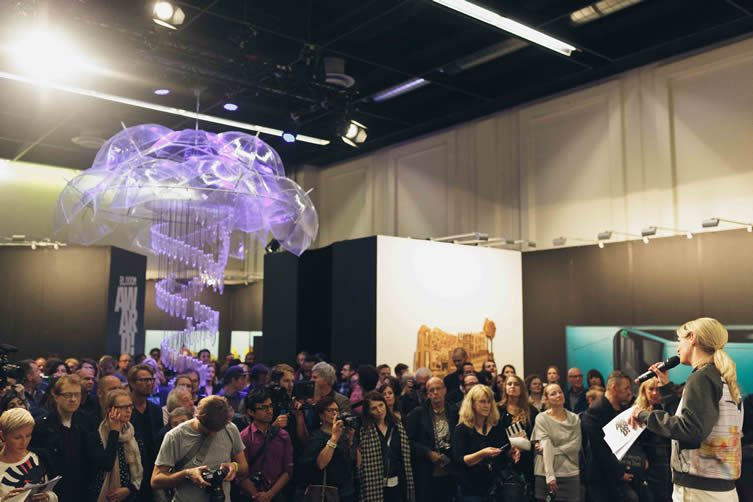
Special exhibition 2015 © Warsteiner
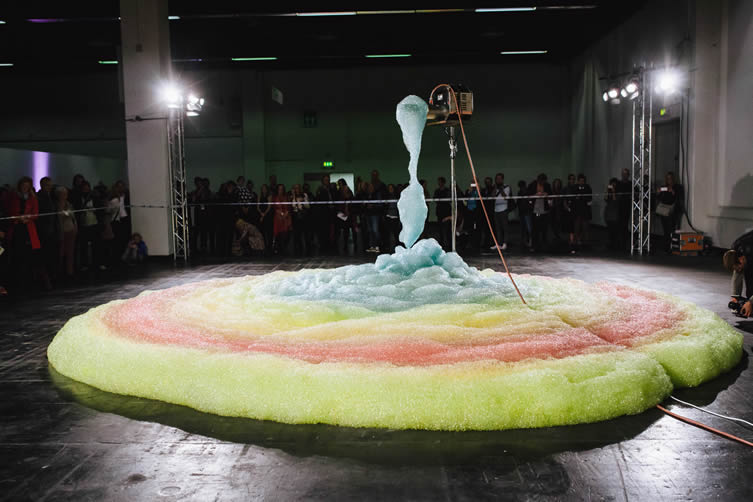
Stephanie Lüning, Schauminsel © Warsteiner
Since its inception in 2010, BLOOOM Award by WARSTEINER has, in its own words, ‘emphasised interdisciplinarity, power of innovation, courage and progressiveness.’ That is why its artists think in conceptual terms about an application form, that is why it attracts up-and-coming talent who want to be remembered as someone who changed the world. Progressiveness appeals to creatives hell-bent on resisting conformity — in this year’s case, over 2,000 of them from 84 countries.
The judges panel have chosen their seventh group of finalists, ten more fresh talents who will exhibit their work at BLOOOM – the converging art show. One more winner who will receive a year’s mentorship, and a trip to Art Basel Miami Beach. This year’s finalists will show their work 27 — 30 October in Cologne, we caught up with our personal highlights.
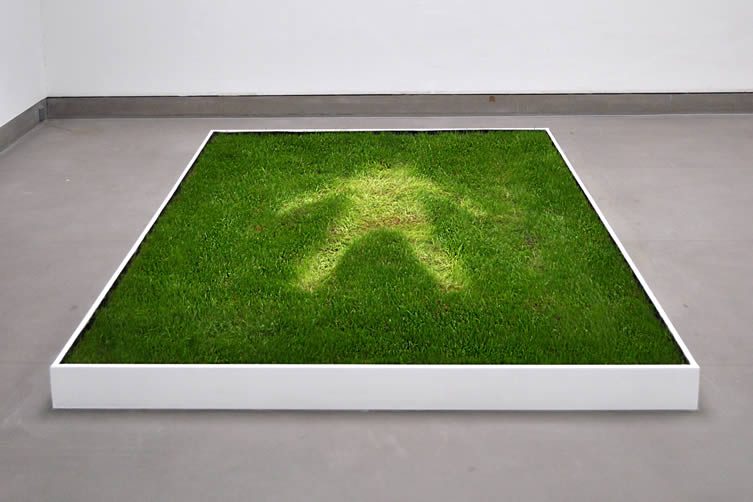
Angelika Wischermann, Recht schön gelegen
Austria’s Angelika Wischermann is one of them. A contrary conceptualist who isn’t just thinking outside the box, rather thinking outside the body. Wischermann is a performance artist who doesn’t want to be part of the performance, and that’s free-thinking that we can subscribe to. ‘I began asking myself more and more,’ she begins, ‘if there couldn’t be a type of artistic performance that excludes my own body — or even every human body. But how could it be possible to exclude the body if the action is still in the foreground?’
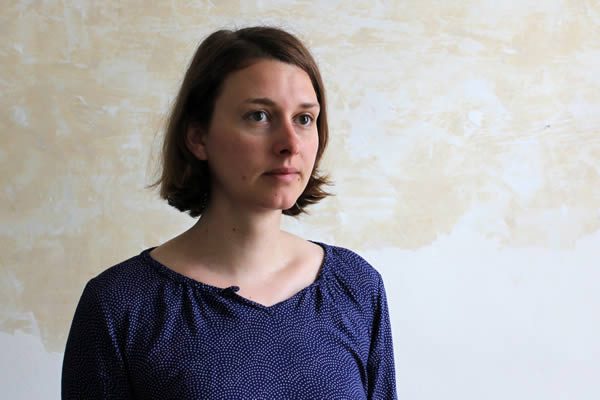
Angelika Wischermann
‘Is it possible to engrave actions onto objects, so that they reflect the actions instead of the body?’ She asks. The answer, it would seem, is yes — her chosen work, Recht schön gelegen (‘lay down nicely’), a performance piece where the performance has been and gone; the artist’s impression left on a piece of grass after lying on it hours a day for a week. Fading day by day, the work is performance, it is sculpture, but most of all it is big-thinking.
German Matthias Danberg — he who despises complicated submission processes — is thinking so big that at times I don’t really understand him. But that’s fine, his video work Sculptures is an ocular delight that sees figures of classical antiquity transposed into brain-aching science fiction, they drift around what he describes as a ‘transhumanist’ world. ‘It seems to me that the most relevant sculptural problems have been solved with the end of modernity.’ Danberg announces.
‘The solutions provided can now be integrated into art. Classical antiquity, Cubist heads or technological sculptures — they all show rooms of ideas that I transform into my material. In Sculptures I needed themes of upheaval, of advance for some of my characters. Antiquity, the Cubism, technology — they provide what I needed, but they are very finely differentiated in their individual forms.’
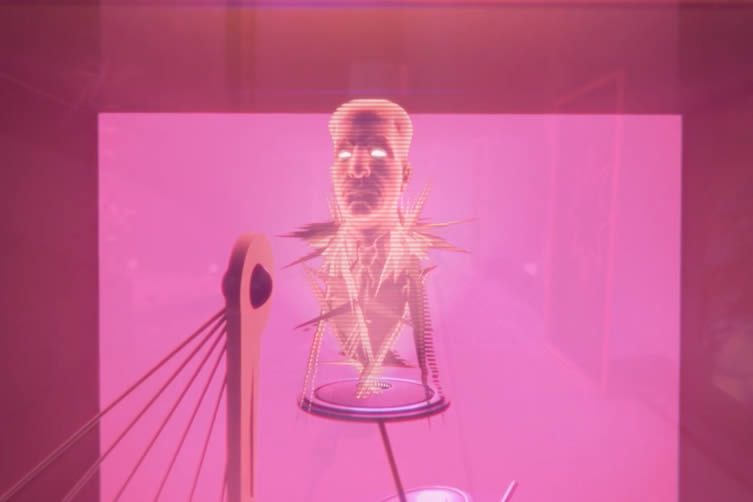
Matthias Danberg, Sculptures
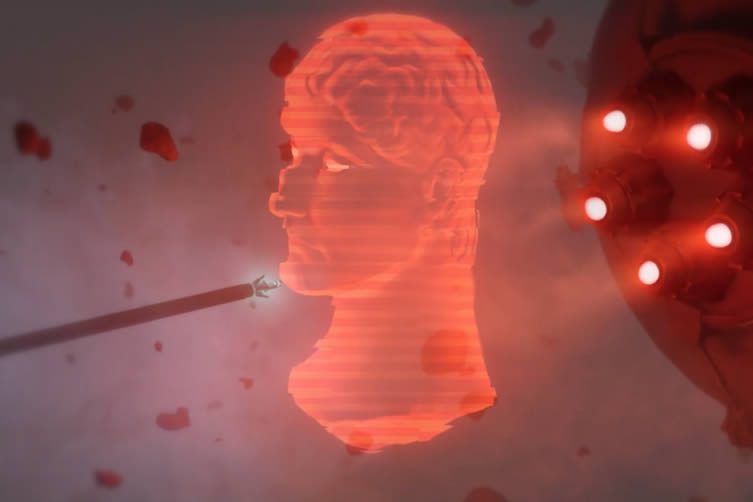
It is not all confounding conceptualism here, though. BLOOOM Award by WARSTEINER is renowned for selecting talent from all corners of the art world, all disciplines. Some might question whether Femke Huurdeman’s Pippin and the Pursuits of Life is actually art at all. One thing without question, is that it is a beautiful piece of work. ‘What I wanted to tell was an absurd little story that hopefully would make people smile a bit,’ says the Dutch filmmaker of her fashion film for designer Maaike Fransen. Smile you will.
Pippin and the Pursuits of Life is just under six minutes of surrealist brilliance that puts the avant-garde fashion designer’s collection into a baffling, Spike Jonze-esque that has already won plaudits at fashion film festivals around the world.
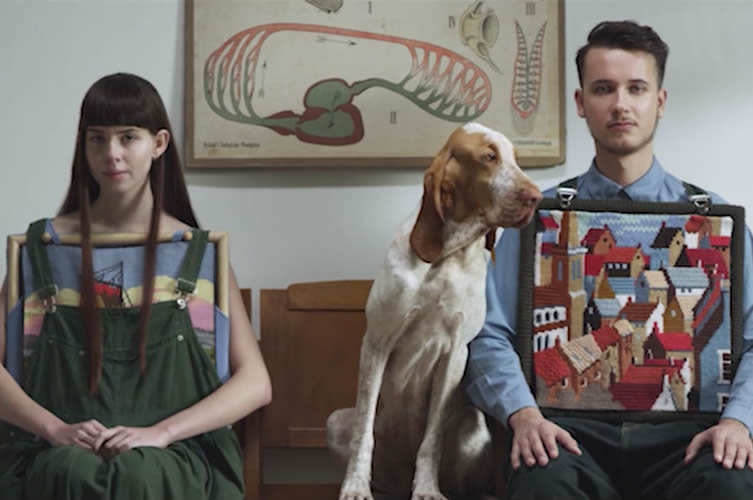
Femke Huurdeman, Pippin and the Pursuits of Life
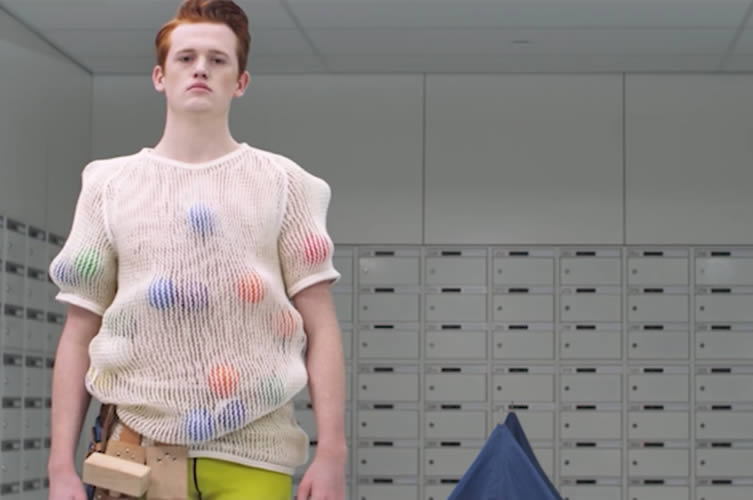
And what of Mr Confidence, the Lithuanian artist who wants to be remembered as one of the greats? Tadao Cern’s Black Balloons is great, that is for sure, and if beguiling art fans is making the world a better place, then Cern’s self-assured goals might not look so grand after all.
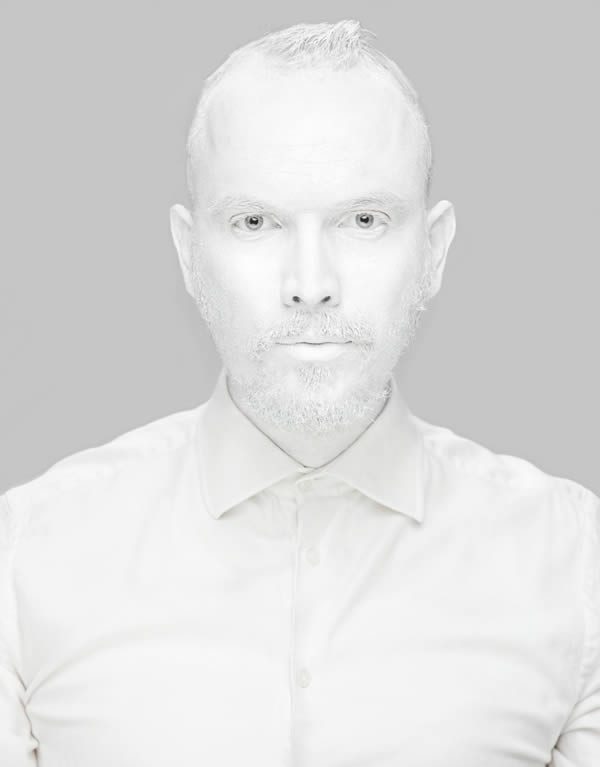
Tadao Cern
Black Balloons is a piece of minimalist beauty, a concise concept carried off with aplomb — two balloons, one filled with helium (light), one filled with sulfur hexafluoride (heavy), countless iterations.
Tadao had to choose one composition for his BLOOOM Award submission, but the project itself consists of many different variants of balloons and amounts of gas (some allowing the two connected balloons to float in mid-air); the project itself born of childlike curiosity and experimentalism. ‘For some amount of time I’d had the idea to connect two balloons,’ explains the Lithuanian, ‘I found a free minute between other currently running projects, bought two balloons, and was overwhelmed by the result.’
‘It was so unpretentious and so magical at the same time,’ he excitedly recounts, ‘that opposition created by two very simple and playful objects brought a unique childlike sense of discovery. This experience uncovers lots, and the more one looks at it, the more it becomes true: simplicity is genius.’
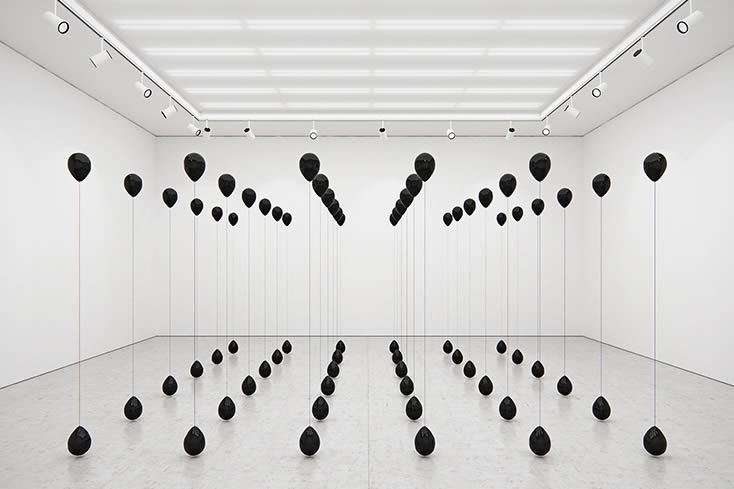
Tadao Cern, Black Balloons
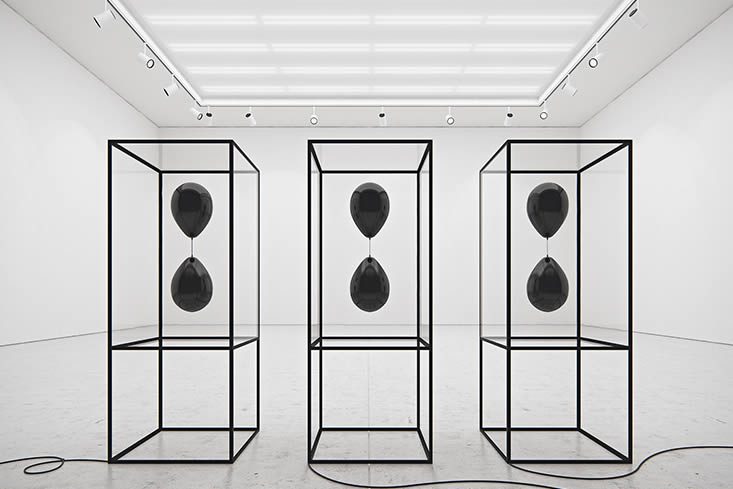
Indeed, many of the greatest ideas, the most memorable works of art, are fruits of simplicity; clear thinking. Matthias Danberg’s marrying of classicism and futurism, Femke Huurdeman’s whimsical surrealism, Angelika Wischermann’s bodiless performance … concepts and works that might seem complicated, confusing — but works united by the ability to reject the norm. This year’s BLOOOM Award finalists think clearly, and think big; most importantly they think — as Tadao Cern admits, nobody wants to be known for making art for the sake of art itself.
The finalists will be showing their works as part of BLOOOM — the converging art show, Cologne, 27 — 30 October.
